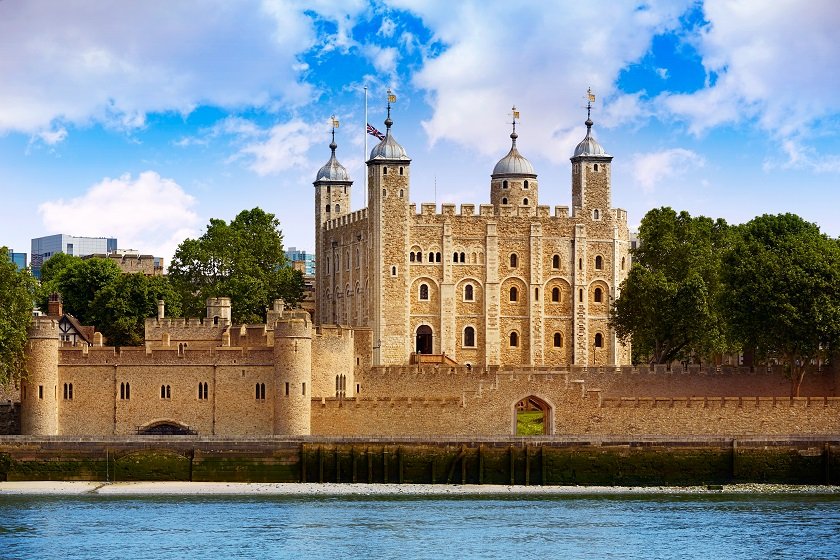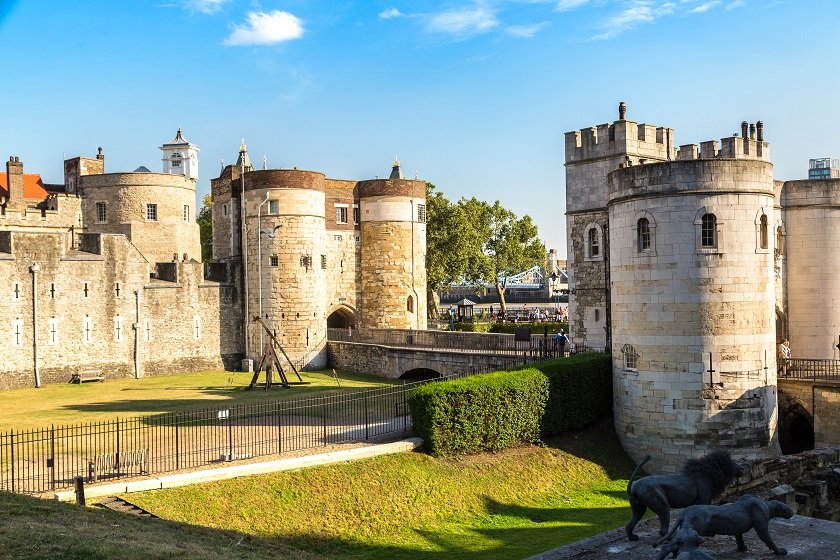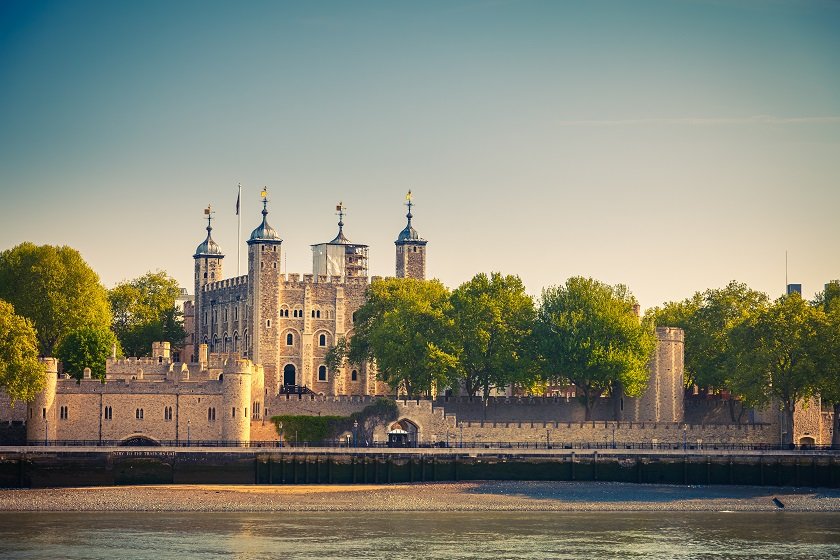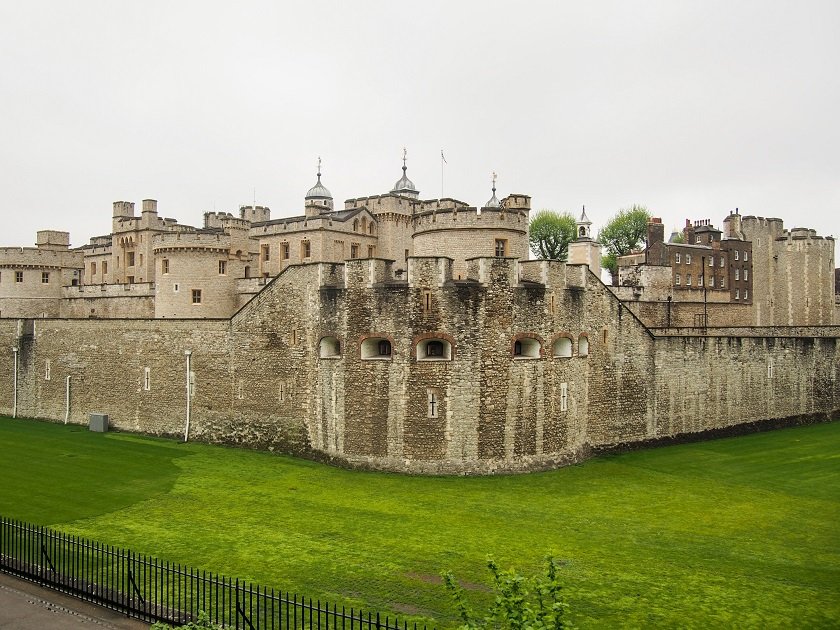Tower of London
The Tower of London is a medieval fortress on the banks of the river Thames which guards the British crown jewels. It is located on the eastern edge of the City of London, in close proximity to Tower Bridge. It was named after the White Tower located inside the fortress.
Today, visitors come here to view the torture house, the Crown Jewels as well as the royal armoury which hosts a collection of oriental armour. The history of the Tower began in about 1080, when the White Tower was built in order to protect London. The surrounding walls and buildings were built only later on. The entire fortress had several purposes – royal residence, armoury, treasury, menagerie, the home of the Royal Mint, a public record office, as well as a place of executions and tortures. Formally, the Tower remains a royal residence, so it is guarded by a unit of the royal guards of the Buckingham palace. The guards who wear uniforms from Tudor times are nicknamed Beefeaters, according to the high rations of beef that they used to receive. Every evening, they perform the closing of the gates of the fortress, the so-called Ceremony of the Keys. During a three-hour visit, one can view multiple towers – e.g. the Green Tower. The latter guards the seven tower ravens. According to the legend, in case the ravens leave the tower, the kingdom shall collapse. The Tower complex also houses the Church of St Peter and a memorial plate with names of the victims of executions. The Tower is commonly designated as the scariest place in England – according to a legend, the fortress is haunted by ghosts, for example, by the ghost of Anne Boleyn, executed for treason by the king.
Useful information for visitors
Public transport connections
The nearest public transportation stations by Tower of London:
- underground station Tower Hill station
- bus and underground station London Bridge stations
- bus stop Tower Gateway
- bus stop Fenchurch Street
Opening hours and admission
Updated information about the opening times and entry prices can be accessed on the official website of Tower of London.
Interesting facts about Tower of London
There is a river port by Tower of London with Traitors Gate, which was used by traitors deported via the river. Inside the fortress, the last prisoner was the Nazi Rudolf Hess. The castle lawn was used as execution grounds, where, among others, Henry VIII’s wives Anne Boleyn and Catherine Howard were executed. Commoners were executed in front of hundreds of eye witnesses on Tower Hill, behind the Tower’s walls.







